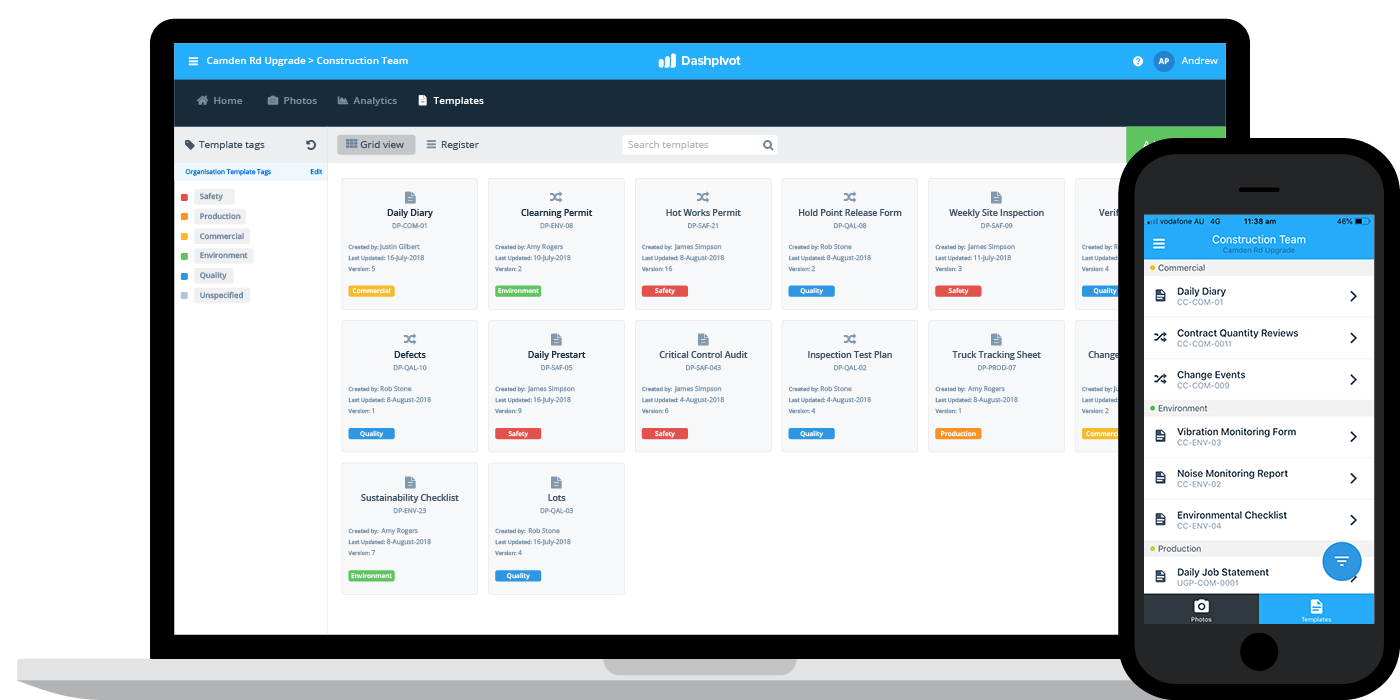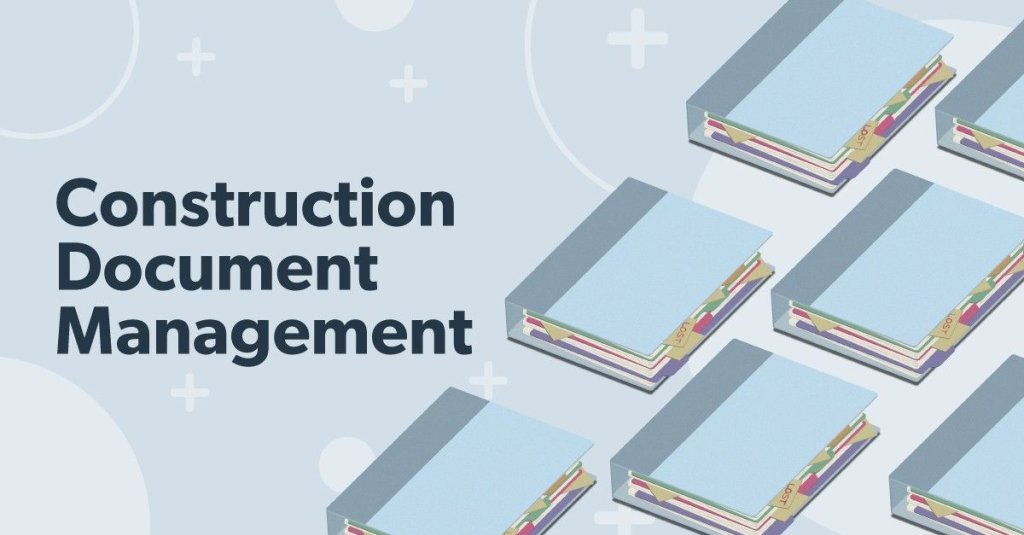Streamline Collaboration: The Power of Construction Document Management Systems
Streamline Collaboration: The Power of Construction Document Management Systems
Blog Article
Optimizing Job Partnership: Designer's Ideal Practices in Building And Construction File Monitoring
In the intricate realm of building jobs, the effective management of building and construction documents stands as a foundation for success. Amidst this complexity exists an important concern: just how can designers simplify partnership procedures to boost job end results?
Leveraging Cloud-Based Platforms
Leveraging cloud-based systems is a basic strategy for contemporary engineers in optimizing construction file monitoring processes. By transitioning from typical paper-based systems to shadow services, designers can streamline partnership, enhance paper access, and improve total job performance. Cloud-based platforms provide designers the capacity to shop, share, and upgrade construction files in real-time, guaranteeing that all group members have access to the most present info no matter their place. This availability advertises seamless interaction and control among project stakeholders, resulting in less mistakes and hold-ups in the building process.
Furthermore, cloud-based platforms provide a secure atmosphere for saving delicate job information, providing encryption, routine back-ups, and customer consent settings to shield information honesty. Engineers can likewise take advantage of the scalability of cloud solutions, allowing them to readjust storage ability and performance based on project needs. In general, leveraging cloud-based systems empowers designers to optimize their construction record management processes, driving better collaboration, effectiveness, and success in their tasks.
Carrying Out Variation Control Systems
Having actually established the benefits of cloud-based platforms in building paper monitoring, engineers can currently boost their paper control processes by applying Version Control Systems. Variation Control Systems (VCS) are vital tools that track adjustments in papers, making certain that team participants are always working with the most recent and most accurate details. By carrying out VCS, architects can preserve a centralized database where all task files are stored, making it possible for smooth cooperation while lessening the danger of errors and variation problems.
This feature is particularly useful in building and construction jobs where style models and alterations are usual. This openness not only boosts liability yet also aids in fixing disagreements or discrepancies that might develop during the task lifecycle.
Developing Interaction Protocols
To guarantee efficient and effective task control, designers must establish clear and robust interaction protocols within their construction record monitoring procedures. Communication protocols specify the techniques, regularity, and networks through which staff member exchange info, updates, and comments. One vital facet of establishing these procedures is establishing a central communication system where all project-related conversations and document sharing can happen. This system might be a job management software application, email strings, or cloud-based storage solutions. By setting guidelines on how details is distributed and how employee communicate with each various other, architects can streamline the circulation of information and avoid miscommunications or hold-ups in the construction procedure.
Additionally, interaction procedures need to additionally include guidelines on just how to manage conflicts, adjustment orders, and urgent problems that might develop throughout the task lifecycle. Establishing an organized method to communication ensures that all stakeholders are on the exact same web page, advertises transparency, go to this website and eventually contributes to the effective conclusion of the building project.
Utilizing BIM Software Application for Control
BIM software program plays a pivotal duty in enhancing control among task employee in the building industry. Structure Info Modeling (BIM) facilitates collaboration by offering a central platform where engineers, designers, service providers, and various other stakeholders can work with each other in a worked with way. Through BIM software, job individuals can access and upgrade a shared model that consists of detailed information about the building design, construction elements, and project schedules.

Moreover, BIM software application enables real-time collaboration and communication amongst employee, regardless of their physical area. Via cloud-based BIM systems, job stakeholders can access the most recent task information, track changes, and make informed choices immediately. On the whole, leveraging BIM software program for control boosts task effectiveness, performance, and ultimately results in successful job results.
Ensuring Information Safety and Conformity
In the realm of building and construction paper monitoring, guarding data stability and ensuring governing compliance are paramount factors to consider for designers and various other job stakeholders. Designers have to execute robust safety actions to secure sensitive news project information from unapproved access or violations. Utilizing safe cloud storage solutions with security protocols and access controls can aid mitigate risks related to information theft or loss. On a regular basis updating software application and systems, performing safety audits, and giving personnel training on data protection ideal methods are important action in preserving a safe setting for construction paper monitoring.

Verdict
Finally, designers can maximize job partnership in building and construction document monitoring by leveraging cloud-based platforms, executing variation control systems, developing communication procedures, utilizing BIM software program for sychronisation, and ensuring data safety and security and compliance. These best techniques assist streamline the construction process, improve interaction amongst job stakeholders, and boost performance in project shipment. By complying with these guidelines, engineers can successfully take care of building and construction files and facilitate effective project outcomes.
Via BIM software application, project individuals can access and upgrade a common version that consists of in-depth details concerning the structure design, construction components, and project schedules.
With cloud-based BIM systems, task stakeholders can access the most recent task details, track adjustments, and make educated choices without delay - construction document management. On the whole, leveraging BIM software program for control improves task performance, performance, and inevitably leads to effective task results
In final thought, designers can optimize project collaboration in construction document management by leveraging cloud-based systems, carrying out version control systems, establishing interaction methods, using BIM software for coordination, and making sure information safety and compliance. These ideal methods assist streamline the building and construction process, improve interaction among task stakeholders, and boost effectiveness in project distribution.
Report this page